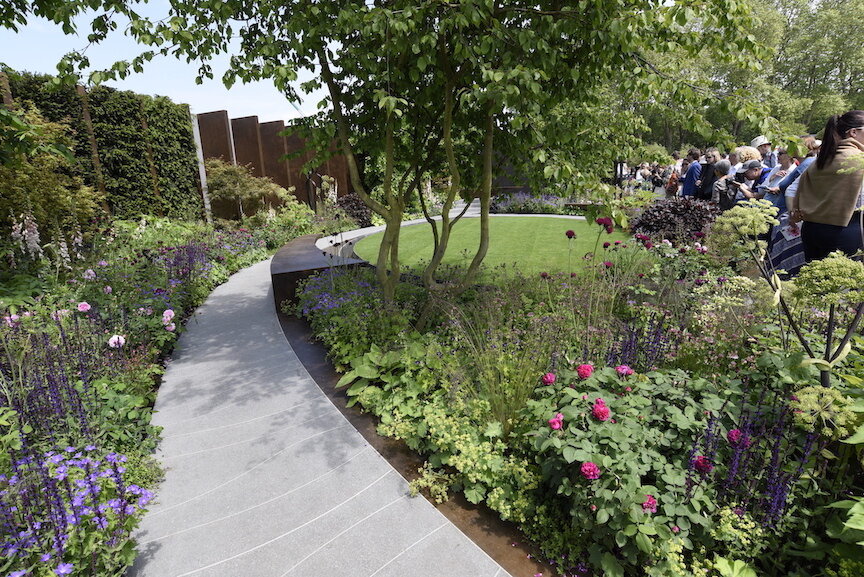Andy Sturgeon, a highly regarded garden designer had won several medals in past years from the Chelsea Flowers Show. Almost a year prior to designing a Chelsea 2010 show, Andy’s life forever changed.
His partner, Sarah Didinal, the mother of his three young boys - Luke, ten, Cameron, seven, and Tom, five - had enjoyed Chelsea Flower Show with him.
A week later Andy found her dead in bed. She was only 37, apparently fit and healthy. She died from an irregular heartbeat. Her last post on Twitter read, 'Going to bed happy.'
Andy reflects on the Daily Telegraph, …..'The way I dealt with Sarah's death was by having goals - positive things to work towards, that are more about the future than the past, or even the present,' he says. 'This garden has been one of the tools I've used to help me along.”





































